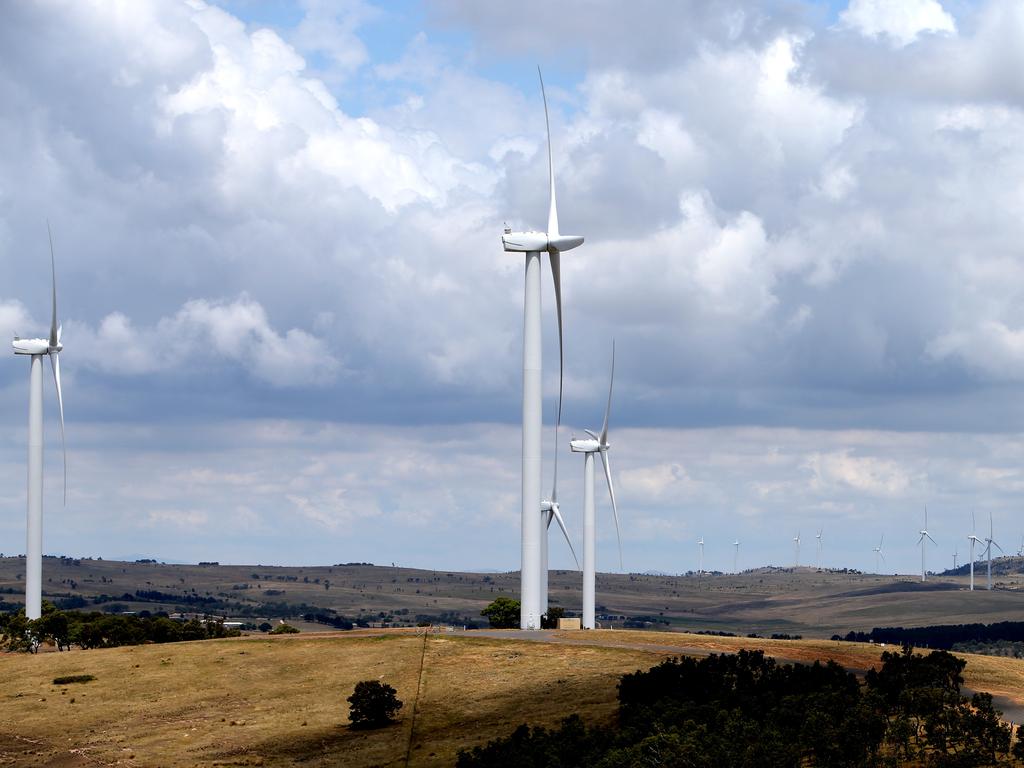Making the Australian energy system work with rooftop solar panels

A new PV system is installed on an Australian home every 6½ minutes. With more than 2.2 million installations at the beginning of this year, Australia is leading the world in the per-capita uptake of rooftop solar.
Nowhere is this adoption of solar PV more apparent than in South Australia, which has the capability to provide more than one gigawatt of energy under the right conditions, meaning that “consumer” power is by far the state’s single biggest generator.
Furthermore, rooftop solar generation is expected to increase by more than 200 megawatts each year, equivalent to the size of one unit of the state’s largest gas-fired plant.
The Australian Energy Market Operator projects we will soon have times when rooftop solar will be able to meet all of SA demand for electricity on the system for short periods.
To AEMO’s knowledge, South Australia is the first large-scale power system in the world to approach zero net operational energy demand — even for very short periods — due to high proportions of demand being met by solar PV.
This is not unique to South Australia, the trend is growing right across the country and the reason is quite simple — rooftop solar PV is becoming more affordable to help consumers reduce their electricity bills with clean energy.
As solar on roofs becomes as normal in our society as car ownership, we will want to make sure that all Australians can take full advantage of this technological change by ensuring the power system is equipped with the tools it needs to stay reliable and secure when the sun is shining as well as when clouds or darkness require us to rely on other resources.
Yesterday, the South Australian government announced a range of steps to better integrate solar PV into the energy network following recommendations from an AEMO technical report looking at the effect of high levels of solar PV in the state during different weather and operating scenarios.
Actions adopted by the state government include improving the capability of solar PV inverters to better manage voltage disturbances and manage output in emergencies. Through these changes, we will reduce the risks that rooftop solar disconnects unexpectedly from the system. These better standards and technical capabilities will create a more efficient, secure network and increase the economic value of these systems for consumers.
The report also highlights the benefits of a greater interconnected grid as levels of renewable energy increase. In South Australia’s case the proposed EnergyConnect project will dramatically reduce security challenges and allow South Australia and NSW to take advantage of their geographic diversity through their ability to share resources when it is to their economic advantage.
AEMO has now begun similar analysis of the effects of this rapid take-up of solar PV in other states, to support policymakers in creating a more modern, efficient energy market.
This is particularly important as we anticipate that, by the mid-2020s, there will be times a combination of rooftop solar and grid-scale wind and solar could provide up to 75 per cent of the cheapest available electricity in the National Energy Market. As we explain in the report, Australia can be world-leading in taking advantage of the free fuel supplied by the wind, sun and water, but only if it can be delivered reliably and securely.
The SA government actions are in line with findings in AEMO’s recently published Renewable Integration Study Stage 1 report, where we laid out a multi-level game plan to accommodate a future where renewable resources can supply most electricity. These three actions relate to rooftop solar PV:
● Inverters on future installations to meet international standards and be resilient to events like severe storms, bushfires or the sudden loss of generators, so the systems don’t trip and can be relied on to support individual homes and overall grid stability.
● Markets must be put in place so that consumers can be compensated for helping make the power system stable and efficient. For example, customers with rooftop solar and batteries may be willing to store excess power and make it available to the system when it is most beneficial.
● The power system must be sufficiently resilient and interconnected to allow us to deliver the more dispersed generation and be resilient against more extreme weather and bushfires.
We all can see that our power system is going through the type of transformation many of us have witnessed in computing and telecommunications. In this transformation, AEMO is guided by two principles that will never change — electricity will continue to obey the laws of physics, and it must remain affordable as an essential need for households and an enabler of our economy.
Like air traffic controllers who direct planes, a power system operator doesn’t own any resources — we give information and directions to keep the power system secure. Our planes can never land — we balance supply and demand in real time, all the time.
AEMO’s recommendations, including for rooftop solar PV, are carefully designed to do just that, while maximising consumer value.
Audrey Zibelman is the managing director and chief executive of the Australian Energy Market Operator





In the time it takes to finish your morning coffee, another Australian household will have connected a new rooftop solar photovoltaic system and effectively removed itself from daytime grid demand.